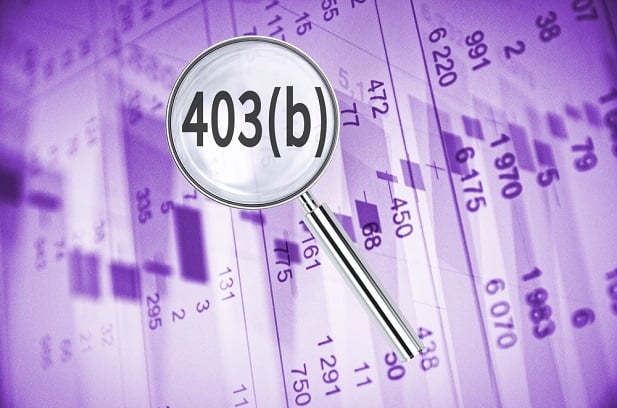 It's noteworthy that 403(b) plans were legislated in 1958, predating 401(k)s by 20 years. At that time, annuities were the only allowable investment vehicles for 403(b) participants. The 1958 legislation codified what was a savvy savings practice by a few charitable organizations into a tax law available for all nonprofit employees. (Photo: Shutterstock)
It's noteworthy that 403(b) plans were legislated in 1958, predating 401(k)s by 20 years. At that time, annuities were the only allowable investment vehicles for 403(b) participants. The 1958 legislation codified what was a savvy savings practice by a few charitable organizations into a tax law available for all nonprofit employees. (Photo: Shutterstock)
The House Financial Services Committee passed legislation that would allow employees of nonprofit charities and public education institutions in 403(b) plans to have access to the same investment options available to employees of for-profit companies and other employers in 401(k) plans.
Recommended For You
Complete your profile to continue reading and get FREE access to BenefitsPRO, part of your ALM digital membership.
Your access to unlimited BenefitsPRO content isn’t changing.
Once you are an ALM digital member, you’ll receive:
- Breaking benefits news and analysis, on-site and via our newsletters and custom alerts
- Educational webcasts, white papers, and ebooks from industry thought leaders
- Critical converage of the property casualty insurance and financial advisory markets on our other ALM sites, PropertyCasualty360 and ThinkAdvisor
Already have an account? Sign In Now
© 2025 ALM Global, LLC, All Rights Reserved. Request academic re-use from www.copyright.com. All other uses, submit a request to [email protected]. For more information visit Asset & Logo Licensing.








